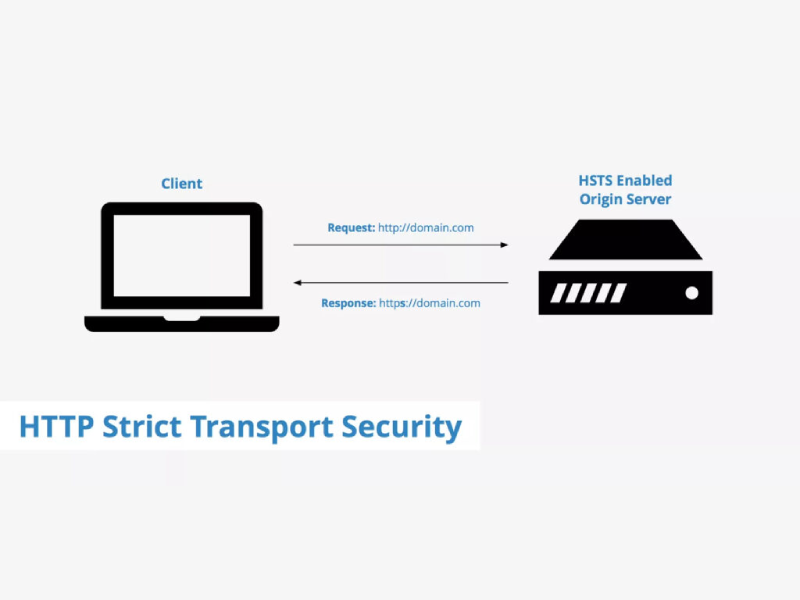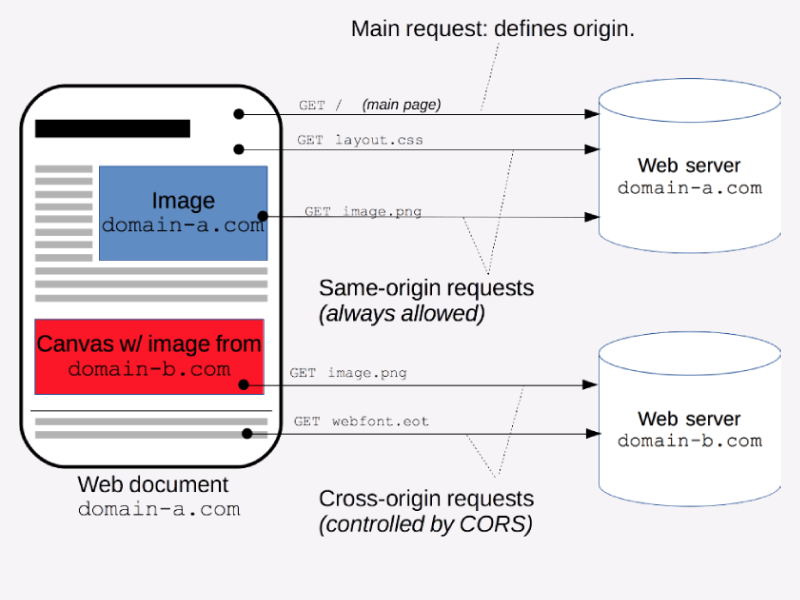Types of IP addresses: All you need to know
An IP address, or Internet Protocol address, serves as a unique identifier for devices connected to a network, facilitating accurate data routing between devices. Understanding the various types of IP...
What is VPN?
A Virtual Private Network (VPN) is a technology that allows users to create a secure connection to a remote network over the internet. With a VPN, you can access resources and services on the internet...
X-XSS-Protection
X-XSS-Protection X-XSS-Protection allows developers to change the behavior of the Reflected XSS (Cross-Site Scripting) security filters. These filters aim to detect dangerous HTML input and...
Clickjacking
Clickjacking Clickjacking is an attack that tricks a user into clicking a webpage element which is invisible or disguised as another element. This can cause users to unwittingly download malware...
HTTP Strict Transport Security
HTTP Strict Transport Security HSTS (HTTP Strict Transport Security) header to ensure all communication from a browser is sent over HTTPS (HTTP Secure). This prevents HTTPS click-through prompts and...
X-Frame-Options
X-Frame-Options The X-Frame-Options Header is a security header suggested by Microsoft to avoid the UI Redressing attacks that began with Clickjacking in 2009. It’s supported by all major browsers. UI...
X-Content-Type-Options
X-Content-Type-Options This HTTP header is typically used to control the MIME Type Sniffing function in web browsers. MIME Type Sniffing is a content evaluation function used by browsers when the...
Content Security Policy
Content Security Policy Introduced in November 2012, Content Security Policy presents an extra layer of security against multiple vulnerabilities such as XSS, Clickjacking, Protocol Downgrading and...
X-Permitted-Cross-Domain-Policies
X-Permitted-Cross-Domain-Policies Using Adobe products like PDF, Flash, etc.? You can implement this header to instruct the browser on how to handle the requests over a cross-domain. By implementing...
Referrer-Policy
Referrer-Policy Referer is a request header that is confusing on multiple levels. First of all ‘referer’ is misspelt. (The correct spelling is ‘referrer’.) Even though this is an amusing fun fact, it...
Permissions-Policy
Permissions-Policy Earlier known as Feature-Policy, it is renamed as Permissions-Policy with enhanced features. You can check out this to understand the big changes between Feature-Policy to...












